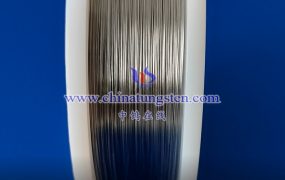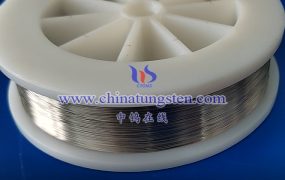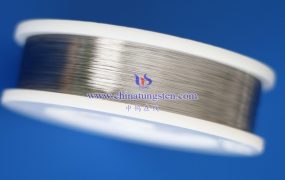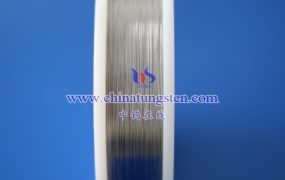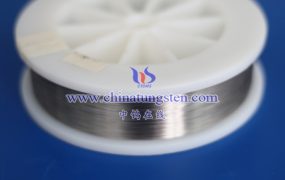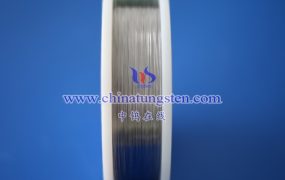The electrical conductivity of black tungsten wire (or tungsten-based materials) is relatively low among metals, but its key advantages lie in its high-temperature stability and high melting point. In practical applications, its conductivity must be balanced with properties like heat resistance and mechanical strength.
- Basic Conductivity Properties
- Inherent Characteristics of Tungsten: Pure tungsten has a resistivity of approximately 5.6×10⁻⁸ Ω·m at 20°C, placing it among metals with relatively poor conductivity (e.g., copper’s resistivity is 1.7×10⁻⁸ Ω·m). This is primarily due to tungsten’s atomic structure: its 5d electron shell contributes to bonding, resulting in a lower concentration of free electrons, and lattice vibrations (phonon scattering) significantly impede electron mobility.
- Temperature Dependence
- Positive Temperature Coefficient: Tungsten’s resistivity increases significantly with temperature (temperature coefficient of approximately 4.5×10⁻³ /°C), much higher than copper (0.004 /°C). This means its conductivity decreases sharply at high temperatures, but this property makes it suitable for high-temperature applications, as it generates heat efficiently through resistance.
- High-Temperature Stability: Despite reduced conductivity, tungsten maintains structural integrity at high temperatures (melting point of 3422°C), far surpassing metals like copper (1083°C). This makes it widely used in incandescent lamps, vacuum electron devices, and other high-temperature environments.
- Conductivity Performance in Practical Applications
- Incandescent Lamp Filaments: Tungsten wire operates at high temperatures (around 2500°C) to emit light, where its resistivity is several times higher than at room temperature. However, the Joule heat (I²R) generated by current flow is sufficient for illumination. Design considerations must balance resistance (for heat efficiency) with mechanical strength (to prevent melting).
- Electronic Devices: In applications like X-ray tubes or electron microscopes, tungsten wire serves as a cathode, heated by current to emit electrons. Its conductivity must support the required starting current while maintaining a low evaporation rate at high temperatures (tungsten has an extremely low vapor pressure).
- Tungsten Carbide Materials: When used in electrodes or contacts, tungsten carbide may have lower conductivity than pure tungsten but offers superior wear and corrosion resistance, making it suitable for specialized industrial applications (e.g., electrical discharge machining).

More details of tungsten wire, please visit website: http://www.tungsten-wire.com.cn/
Please contact CHINATUNGSTEN for inquiry and order of tungsten wire:
Email: sales@chinatungsten.com
Tel.: +86 592 5129595
